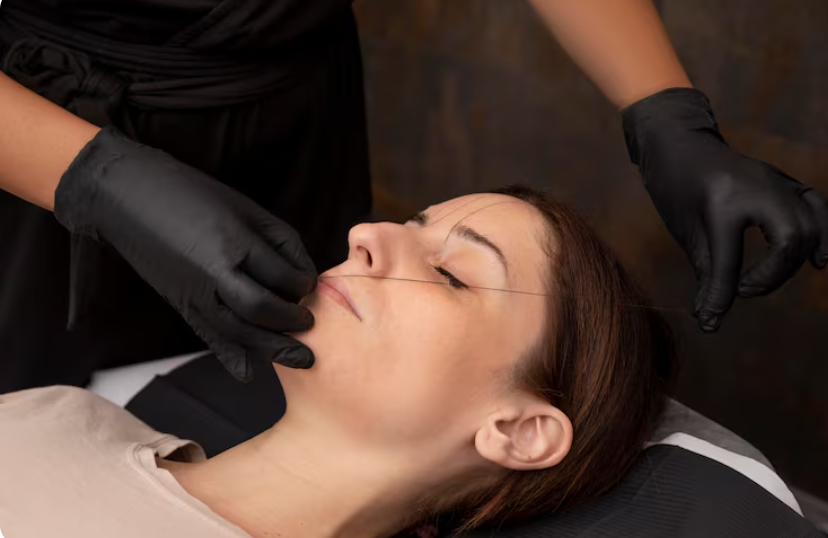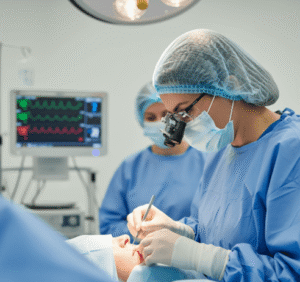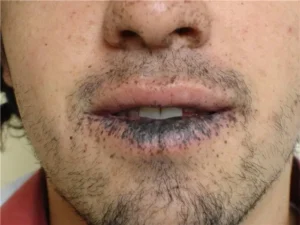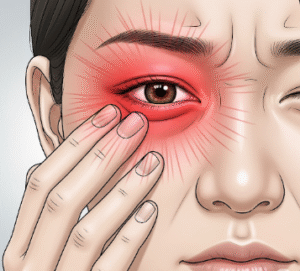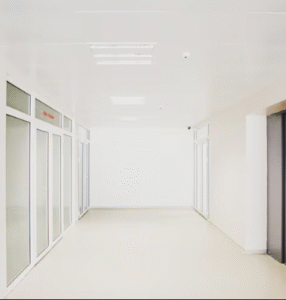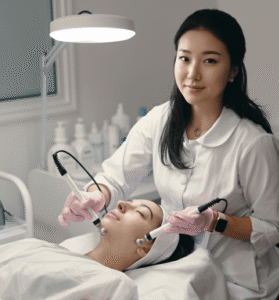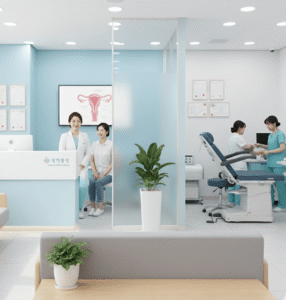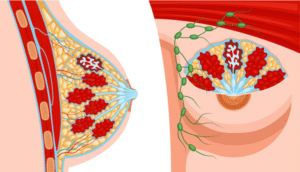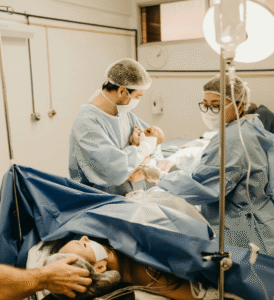What It Is
Lower blepharoplasty, or lower eyelid surgery, is a cosmetic procedure aimed at removing or repositioning excess fat, skin, and muscle from the lower eyelids. The goal is to reduce under-eye bags, puffiness, and sagging, resulting in a more youthful and refreshed appearance.
Why It’s Done
Patients choose lower blepharoplasty to:
- Eliminate under-eye bags or puffiness
- Reduce dark circles caused by fat bulging
- Correct drooping or loose lower eyelid skin
- Improve overall facial harmony and rejuvenation
This procedure is ideal for adults showing age-related changes or hereditary puffiness under the eyes.
Alternatives
- Non-surgical options: Dermal fillers for hollows, laser resurfacing for skin tightening, and chemical peels for pigmentation
- Fat transfer: Redistributing fat to fill under-eye hollows
- Combination procedures: Upper and lower blepharoplasty for comprehensive eye rejuvenation
Preparation
- Consultation with a Korean plastic surgeon to evaluate eyelid anatomy, skin thickness, and eye health
- Avoid blood-thinning medications, supplements, and smoking before surgery
- Preoperative photographs and sometimes imaging to plan incision and fat removal
How It’s Done
- Typically performed under local anesthesia with sedation or general anesthesia
- Incisions are made either just below the lash line (subciliary) or inside the lower eyelid (transconjunctival)
- Excess fat is removed or repositioned, and loose skin may be trimmed
- Muscle tightening may be performed if necessary
- Sutures are placed meticulously to minimize scarring
- Procedure duration: 1–2 hours, often outpatient
Recovery
- Swelling and bruising are common for 1–2 weeks
- Mild discomfort and tightness around eyes, manageable with medications
- Sutures removed within 5–7 days if external incisions are used
- Patients are advised to avoid strenuous activities and rubbing eyes for 2–3 weeks
- Final aesthetic results are visible after 1–3 months
Possible Complications
- Temporary swelling, bruising, or mild asymmetry
- Dry eyes or irritation
- Scar visibility (rare with skilled surgeons)
- Overcorrection or undercorrection of eyelid contour
- Rare complications: infection or bleeding
Treatment Options in Korea
Diagnosis
Korean surgeons perform a detailed eye and eyelid assessment, including evaluating fat distribution, skin laxity, and orbital structure. Functional assessment ensures proper eyelid closure and vision safety.
Medical Treatments
Non-surgical treatments include fillers, laser skin tightening, and radiofrequency therapies for minor under-eye concerns.
Surgical or Advanced Therapies
Korean clinics offer advanced techniques like transconjunctival lower blepharoplasty, fat repositioning, and minimal incision methods to achieve natural, long-lasting results.
Rehabilitation and Support
Postoperative care includes cold compresses, swelling management, follow-up visits, eye ointments if needed, and access to international patient services for guidance and support.
Advantages of receiving treatment in Korea: highly skilled surgeons, advanced surgical technology, precise aesthetic planning, minimal scarring, and cost-effective solutions for international patients.

